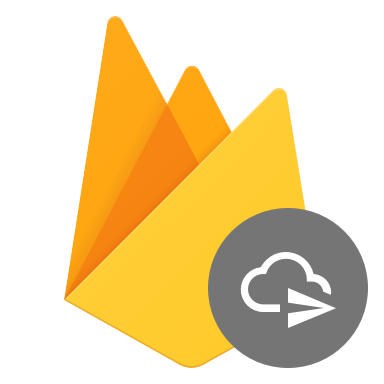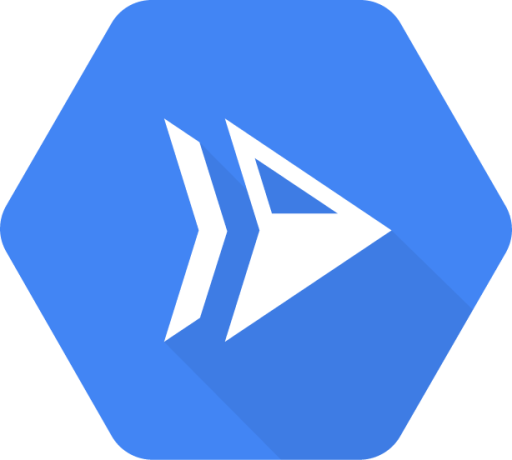See how Ably compares
Discover why thousands of companies have chosen to power realtime experiences with Ably - from live updates and chat, to collaboration and notifications.
Ably
VS
Amazon API Gateway
Ably
VS
Amazon EventBridge
Ably
VS
Amazon SNS
Ably
VS
Amazon SQS
Ably
VS
AWS AppSync
Ably
VS
Azure SignalR Service
Ably
VS
Centrifugo
Ably
VS
Cloudflare Durable Objects
Ably
VS

CometChat
Ably
VS

Django Channels
Ably
VS

Firebase Cloud Messaging
Ably
VS
Firebase
Ably
VS

Google Cloud Run
Ably
VS
Google Cloud Pub/Sub
Ably
VS

Liveblocks Broadcast
Ably
VS
Microsoft Azure Web PubSub
Ably
VS

OneSignal
Ably
VS
Rails ActionCable
Ably
VS

Rails AnyCable
Ably
VS

Sendbird
Ably
VS
SignalR
Ably
VS

Stream
Ably
VS
Supabase Realtime
Ably
VS
TalkJS
Ably
VS
Twilio




